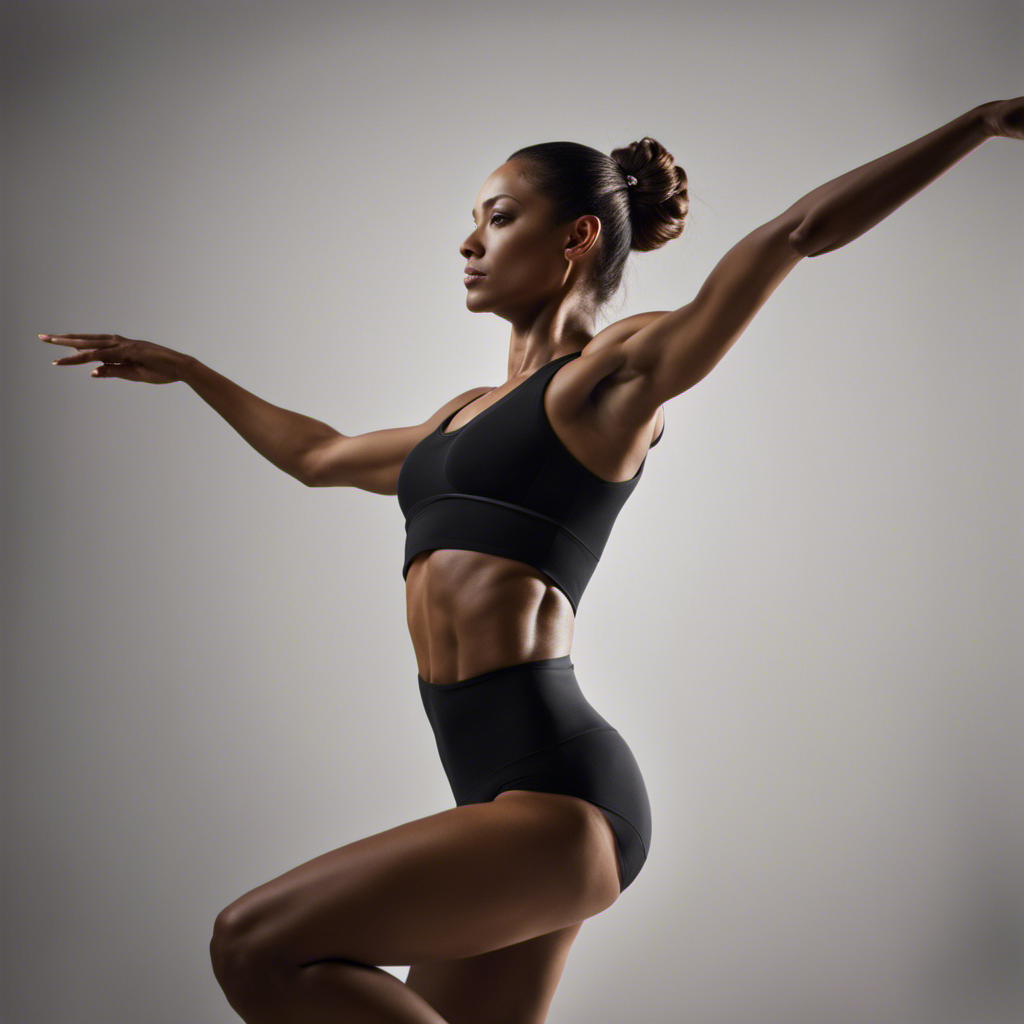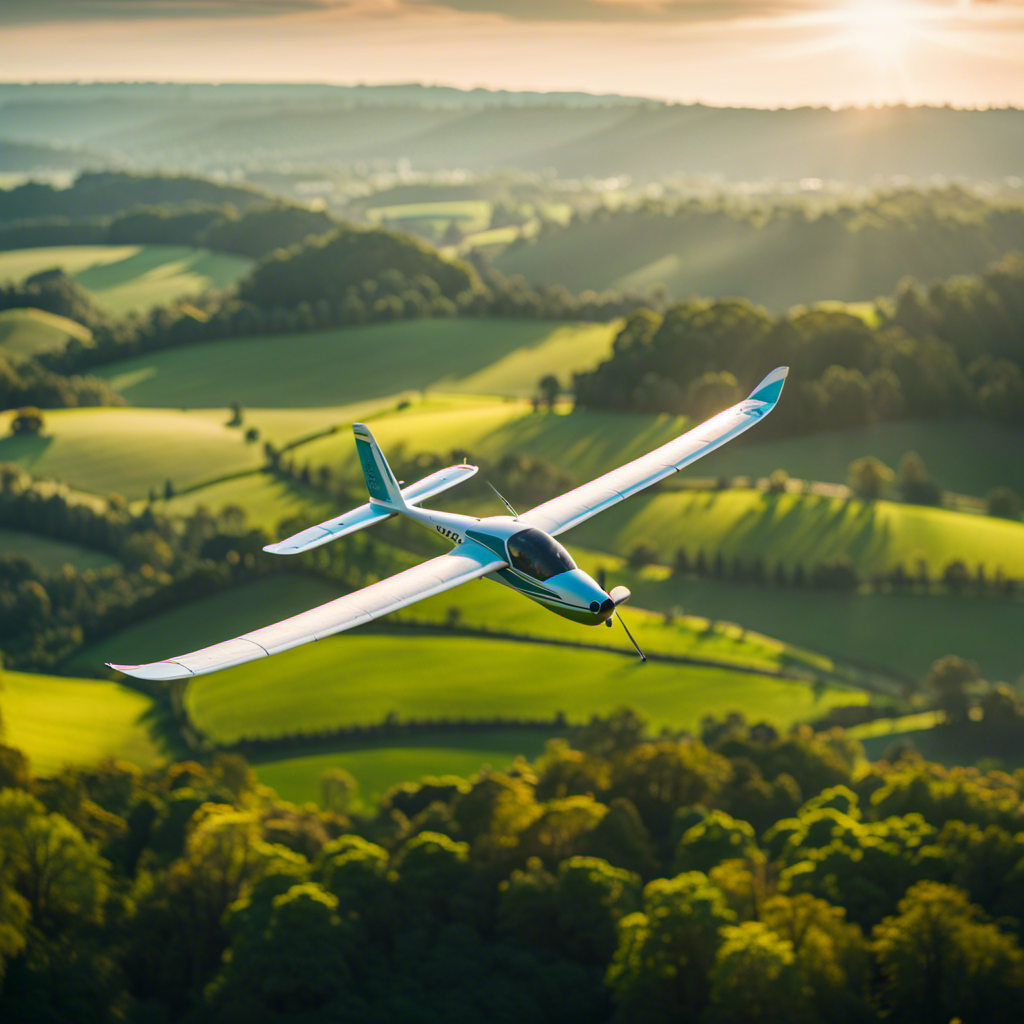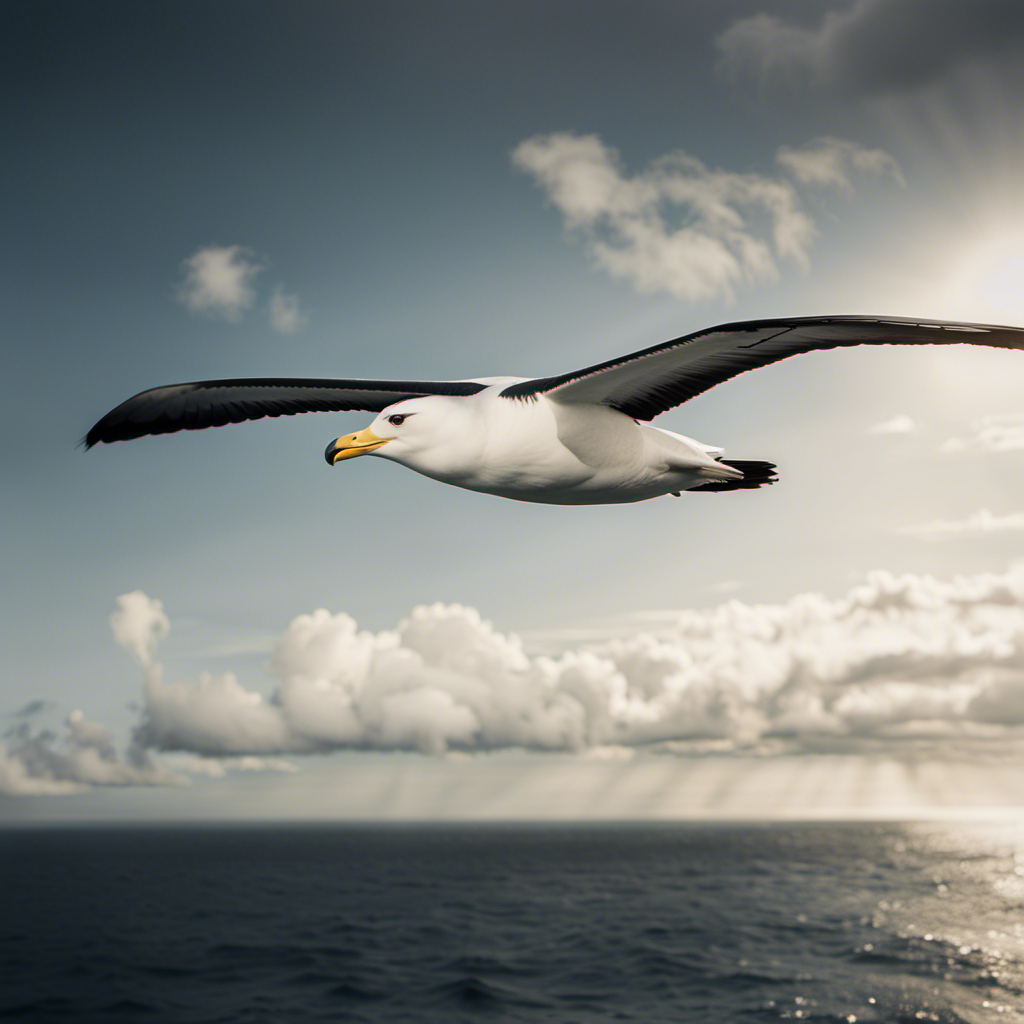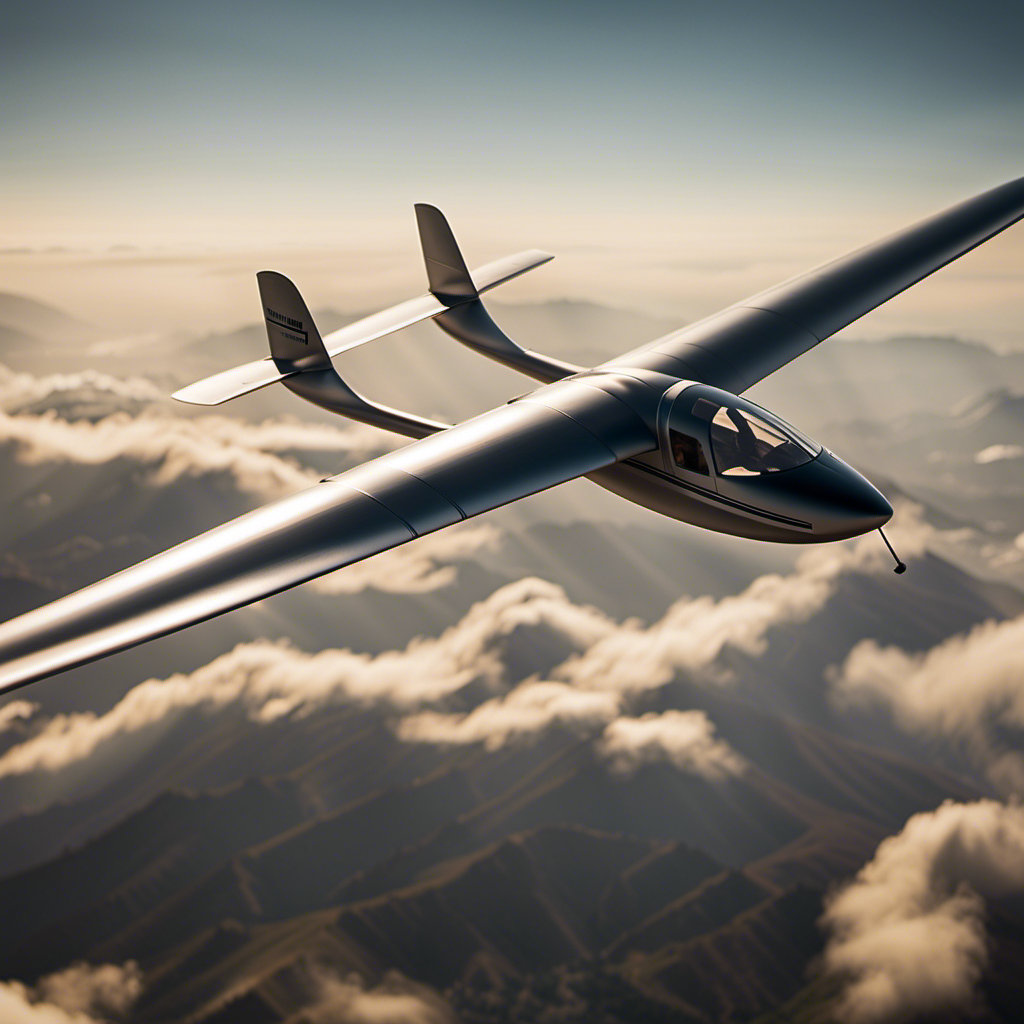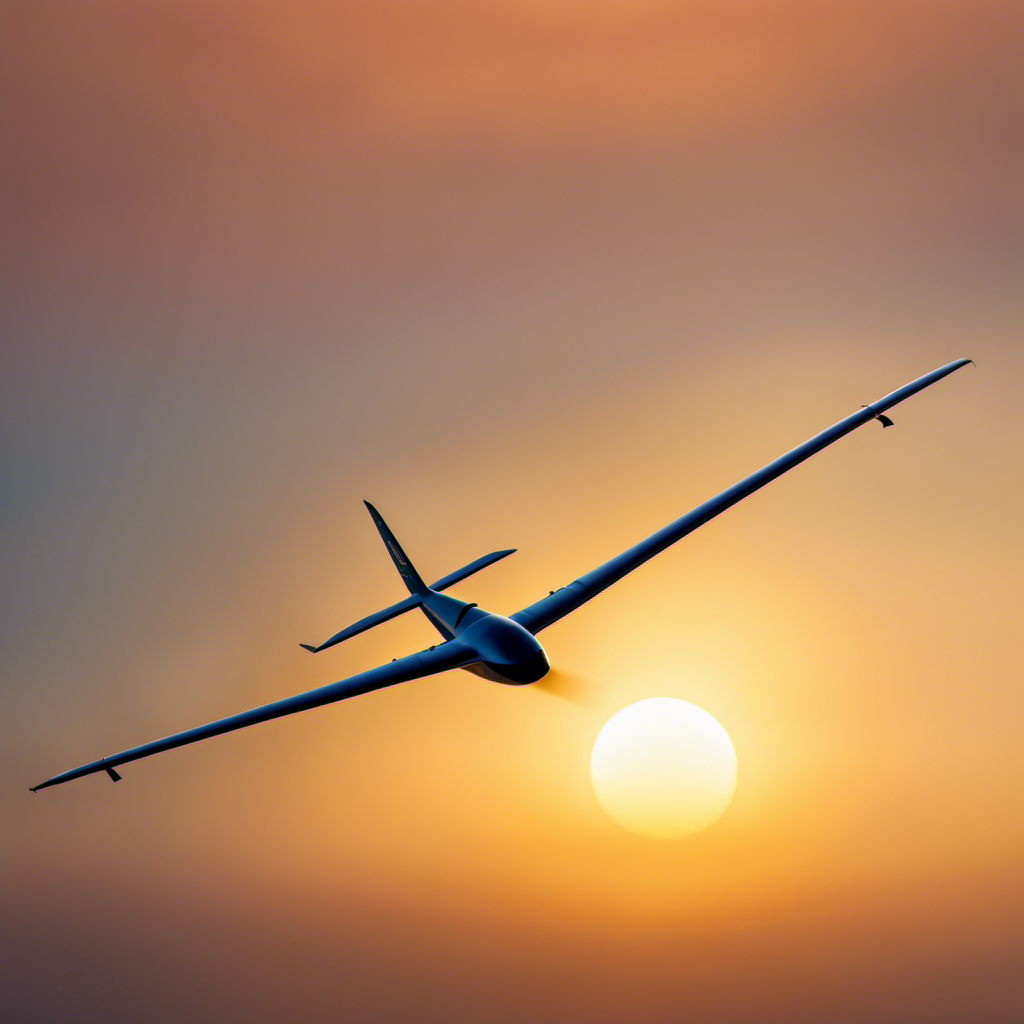You may be asking yourself, “What does the term gliding in the human body mean?” Let us provide you with a more detailed explanation.
Gliding is an essential aspect of smooth and coordinated motion, allowing your body to move with ease and efficiency. It involves the intricate interplay between tendons and joints, contributing to your overall physical function.
In this article, we’ll delve into the importance of gliding, techniques to improve it, and its connection to flexibility.
So, let’s get ready to glide your way to optimal well-being!
Key Takeaways
- Gliding is a fundamental component in skiing, ice skating, and swimming, allowing for efficient movement and reducing strain on joints.
- Stretching improves flexibility and range of motion, enhancing smoother gliding movements in joints.
- Strength training builds muscle strength and endurance, supporting gliding motion and reducing the risk of injury.
- Proper alignment, posture, and body mechanics are crucial for maintaining optimal gliding in the human body.
The Basics of Gliding in the Human Body
Gliding is a type of movement that occurs between two flat surfaces in your body. It allows for smooth and controlled motion, particularly in joints that have limited range of motion.
One example of gliding occurs in your spine, where the vertebrae glide over each other during certain movements, such as bending forward or twisting. Another example is in your wrist, where the carpal bones glide against each other to enable flexible movement.
Gliding is important because it helps to distribute forces evenly across the joint surfaces, reducing the risk of injury. It also allows for smooth and coordinated motion, which is essential for performing everyday activities and sports.
The Importance of Smooth and Coordinated Motion
To achieve smooth and coordinated motion, it is crucial to ensure that your movements flow seamlessly and are synchronized. This is important not only for optimal performance in various activities, such as sports, dancing, and everyday tasks, but also for reducing the risk of injuries. When your movements are smooth and coordinated, you can execute them more efficiently and with less effort.
Smooth and coordinated motion requires proper muscle activation, joint mobility, and neuromuscular control. Understanding tendon gliding is an essential aspect of achieving this. By understanding how tendons glide through their sheaths, you can ensure that your movements are fluid and free from any restrictions or limitations.
This knowledge allows you to optimize your range of motion, improve your overall performance, and prevent tendon-related issues.
Understanding Tendon Gliding
Understanding how tendons move within their sheaths is crucial for achieving smooth and coordinated motion in various activities. When it comes to tendon gliding, here are three important factors to consider:
-
Sheath Structure: Tendons are surrounded by protective sheaths, which consist of two layers. The inner layer, known as the synovium, produces lubricating fluid to reduce friction. The outer layer, called the paratenon, provides structural support.
-
Pulley System: Tendon gliding occurs through a system of pulleys formed by ligaments and bones. These pulleys keep the tendons close to the bones, guiding their movement and preventing them from bowing outward.
-
Synovial Fluid: The synovial fluid within the tendon sheath acts as a lubricant, allowing smooth gliding of the tendons. It also supplies nutrients to the tendons, aiding in their overall health and function.
Understanding these aspects of tendon gliding is essential for maintaining optimal joint function and preventing injuries.
Now, let’s explore the role of joints in gliding movement.
The Role of Joints in Gliding Movement
When it comes to the movement of tendons within their sheaths, you need to consider the role of joints in facilitating smooth and coordinated motion.
Joints play a crucial part in allowing tendons to glide effortlessly and efficiently. The articulation between bones provides stability and mobility, enabling the tendons to move freely.
The joint capsules surrounding the joints contain synovial fluid, which lubricates the surfaces and reduces friction during movement. This allows the tendons to slide smoothly within their sheaths, preventing any potential damage or irritation.
Furthermore, the shape and structure of the joint surfaces contribute to the gliding motion, ensuring proper alignment and distribution of forces.
Understanding the importance of joints in tendon gliding is essential for maintaining optimal physical function and preventing injuries.
How Gliding Contributes to Physical Function
The smooth and coordinated motion of tendons within their sheaths is facilitated by the role of joints in allowing gliding movement. When joints enable gliding, it contributes to various physical functions in your body:
-
Smooth and effortless movement: Gliding allows your tendons and muscles to move smoothly and effortlessly, promoting efficient mobility.
-
Increased range of motion: Gliding joints provide a wide range of motion, allowing you to perform activities that require flexibility and agility.
-
Joint stability: Gliding movement helps maintain the stability of your joints, reducing the risk of injury or dislocation.
-
Shock absorption: Gliding joints act as shock absorbers, minimizing the impact on your bones and joints during activities like walking or running.
Understanding how gliding contributes to physical function is crucial for preventing and addressing common issues and injuries related to gliding in the human body.
Common Issues and Injuries Related to Gliding
To prevent and address common issues and injuries related to gliding, it’s important for you to be aware of potential risks and take necessary precautions.
Gliding, although a natural movement in the body, can sometimes lead to problems if not done properly. One common issue is joint misalignment, which can occur when the gliding motion is not executed correctly. This can result in pain, inflammation, and reduced range of motion.
Another common injury is tissue damage, such as ligament sprains or muscle strains, which can happen when the gliding movement puts excessive stress on the surrounding structures. It’s crucial to listen to your body, warm up properly, and use proper technique to minimize the risk of these issues and injuries.
Transitioning into techniques to improve gliding in the body, there are various exercises and stretches that can help enhance the gliding motion and promote overall joint health.
Techniques to Improve Gliding in the Body
You can enhance the smooth movement within your joints by incorporating specific exercises and stretches.
Regular physical activity helps to improve the gliding mechanism in your body, allowing for more fluid and efficient movement.
One effective exercise is the leg slide. Lie on your back and slide one leg out to the side, keeping it straight and close to the ground. This helps to improve the gliding motion in your hip joint.
Additionally, incorporating stretches like shoulder rotations and wrist circles can enhance the gliding mechanism in those joints.
The Connection Between Gliding and Flexibility
Incorporating specific exercises and stretches can enhance the smooth movement within your joints and improve your flexibility. By focusing on increasing your flexibility, you can improve the gliding motion within your body, allowing for better movement and performance. Here are three exercises that can help you achieve this:
-
Leg swings: Stand next to a wall and swing one leg forward and backward in a controlled motion. This exercise helps improve the gliding motion in your hips and legs.
-
Shoulder circles: Stand with your feet shoulder-width apart and extend your arms out to the sides. Rotate your shoulders in a circular motion, focusing on smooth and controlled movements. This exercise promotes better gliding motion in your shoulder joints.
-
Cat-cow stretch: Start on all fours, with your hands under your shoulders and knees under your hips. Arch your back up towards the ceiling, then lower it down while lifting your head and chest. This stretch helps improve the gliding motion in your spine.
Gliding in Sports and Exercise
By enhancing the smooth movement within our joints and improving flexibility, you can explore the connection between gliding in sports and exercise.
Gliding is a fundamental component of various sports, such as skiing, ice skating, and swimming. When you engage in these activities, the gliding motion allows for efficient movement and reduces the strain on your joints.
For example, in skiing, the gliding motion helps you effortlessly glide down the slopes and maneuver through different terrains. Similarly, in swimming, the gliding technique enables you to move swiftly through the water with minimal resistance.
Maintaining Optimal Gliding for Overall Well-being
To maintain optimal gliding for overall well-being, it’s important to focus on regular stretching, strength training, and proper alignment.
Stretching helps to improve flexibility and range of motion, allowing for smoother gliding movements in the joints. Incorporate dynamic stretches before exercise and static stretches after to enhance muscle elasticity and prevent stiffness.
Strength training builds muscle strength and endurance, supporting the gliding motion and reducing the risk of injury. Include exercises that target the specific muscles involved in gliding, such as squats and lunges.
Additionally, maintaining proper alignment during activities is crucial for efficient gliding. Pay attention to your posture and body mechanics, ensuring that your movements are biomechanically sound.
Frequently Asked Questions
What are the different types of gliding movements in the human body?
There are several types of gliding movements in the human body. These include articular gliding, where adjacent bones slide against each other, and tissue gliding, where different layers of soft tissue move smoothly over one another.
How does gliding in the body contribute to overall physical fitness?
Gliding movements in the body contribute to overall physical fitness by improving joint stability, flexibility, and range of motion. They also help strengthen the supporting muscles and promote better posture, which is essential for maintaining proper alignment and reducing the risk of injuries.
Can gliding movements be improved through specific exercises or training techniques?
Yes, gliding movements can be improved through specific exercises and training techniques. By targeting the muscles and joints involved in gliding, such as the shoulder and hip joints, you can enhance your overall gliding ability and physical fitness.
Are there any common injuries or issues associated with gliding in the body?
Common injuries and issues associated with gliding movements in the body include joint dislocations, ligament tears, and cartilage damage. These can occur due to trauma, repetitive strain, or improper technique. Proper training and conditioning can help prevent such injuries.
How does gliding in the body affect flexibility and range of motion?
Gliding in the body enhances flexibility and range of motion. By allowing smooth movement between joint surfaces, gliding helps to maintain joint health and prevent stiffness, ultimately improving overall physical performance.
Conclusion
Congratulations! You’ve embarked on a journey through the fascinating world of gliding in the human body. By understanding the importance of smooth and coordinated motion, the role of joints and tendons, and how gliding contributes to physical function, you’ve unlocked the secrets to optimal well-being.
Just like a bird gracefully soaring through the sky, your body can now glide through life with ease and grace. So spread your wings, embrace the power of gliding, and enjoy the freedom it brings to your body and mind.
With a heart that soars as high as the skies, Aria, affectionately known as “Skylark,” is the driving force behind Soaring Skyways. Her journey into the gliding world began as a young dreamer gazing up at the soaring birds, yearning to experience the weightlessness and freedom they embodied. With years of experience both in the cockpit and behind the scenes, Aria’s commitment to the gliding community is unwavering.
